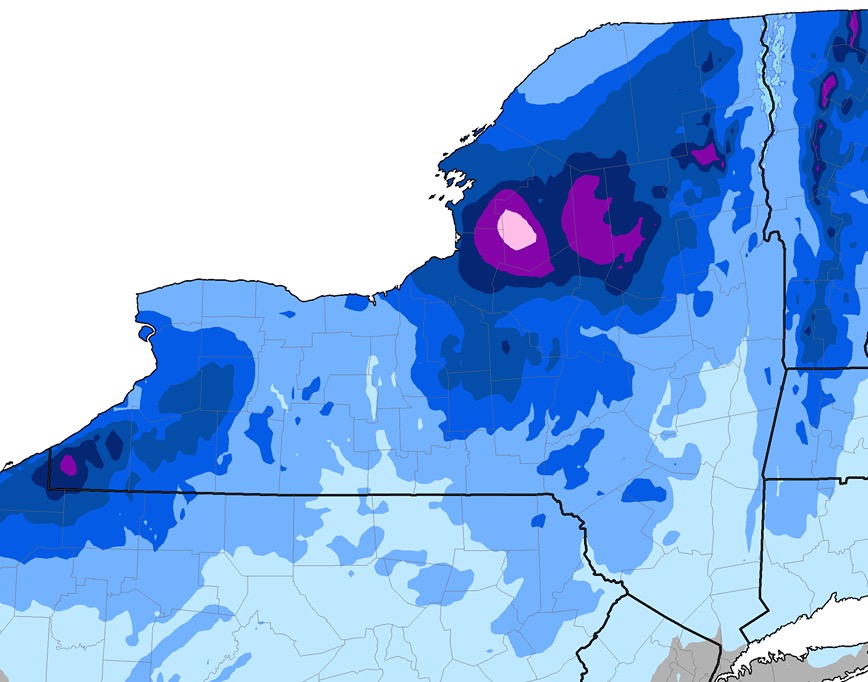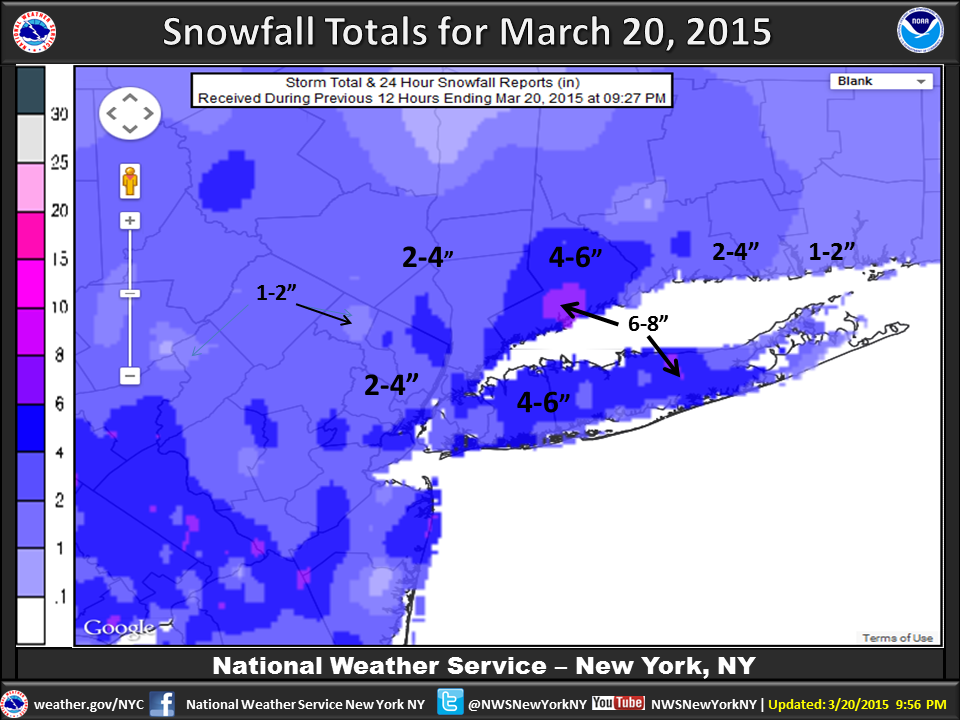

Receiving over 6 feet of snow, Buffalo, New York, and surrounding cities were slammed by a historic lake-effect snowstorm this weekend, with the Buffalo Bills moving their Sunday game against the Cleveland Browns to Detroit. The previous record was set in 2014 with 7.6 inches dropping during the historic and deadly "Snowvember" event that dropped close to 7 feet of snow on the area, AccuWeather reported.Ībove, a snow covered sign protrudes from the snow after an intense lake-effect snowstorm impacted the area on November 19 in Hamburg, New York. By mid-winter the lake gets icy, and moisture gets more sparse."īuffalo broke its record for the most snow in a single day with 16.1 inches falling on Saturday. Meteorologist and climate specialist Jeff Berardelli told Newsweek on Saturday, "The heaviest lake effect events happen in early winter or earlier as you can see because the lake is still warm. The air rises, clouds form and grow into narrow band that produces 2 to 3 inches of snow per hour or more," the NWS added.

"As the cold air passes over the unfrozen and relatively warm waters of the Great Lakes, warmth and moisture are transferred into the lowest portion of the atmosphere. Sign up for our newsletters here.Approaching 6 feet of snow here in Hamburg! #BuffaloStorm2022 #BuffaloNY #Buffalo #buffalosnow #buffalolakeeffect #LakeEffectSnow /NvehaEmFf5- BuffaloWeather November 19, 2022 And spring begins next week with a quiet start. The chance for rain returns late Friday into Saturday morning. Temperatures tick back up through the rest of the week, with highs expected in the 50s Thursday through Saturday and a cloudy but dry forecast for New York City's annual St. Thursday gets off to a cold start with wind chills in the 20s, but then we warm nicely into the afternoon. The gusty winds continue this evening, then settle overnight. What's Next? Check Out the 10-Day Forecast However, New York State Police and the state's Department of Transportation lifted all previous restrictions on tandem and empty tractor-trailers that began Monday. Hochul's emergency order remains in effect for impacted counties, as additional snow and especially the wind will produce hazardous travel conditions through Wednesday morning. Phil Murphy also declared a state of emergency for a number of New Jersey counties. She also activated the National Guard to assist as needed. Kathy Hochul, whose hometown of Buffalo was ravaged by its deadliest snowstorm in decades late last year, declared a New York state of emergency ahead of the storm.

Though the snowfall totals didn't set records even in the hardest-hit areas, it was so heavy a foot and a half felt more like 3 feet. But temperatures plunged, meaning roads could be icy in spots Wednesday, especially in areas that got more snow. While the gusts lingered well into the late morning and early afternoon, any lingering snow had turned to sporadic flakes overnight, following Tuesday's steady, consistent snowfall. The Jersey Shore, entirely bereft of snow from the latest storm, saw some of the most intense gusts Tuesday, topping 50 mph. It comes after gusts of 40-50 mph pummeled coastal areas in New Jersey, Connecticut and on Long Island overnight. Wednesday began very windy and struggled to push temperatures out of the low 40s, though it will be sunny. The strongest nor'easter of the season besieged the tri-state with wave after wave of snow and/or rain (depending on your location) over the course of a roughly 36-hour period that only began to wrap up early Wednesday after dumping nearly a foot and a half of snow on parts of New York - and a scrape of slush, or less, in others. The snow tapered off overnight, but we're looking at strong winds Wednesday the weather improves after that in a serious way (if you don't believe us, look at the 10-day projected highs below).The governors of New York and New Jersey issued states of emergency ahead of the storm, implementing commercial vehicle restrictions on highways and mobilizing emergency personnel.A tricky nor'easter dumped as much as 17 inches of snow in parts of the Hudson Valley, to just trace amounts in NYC the Hudson Valley saw the heaviest snow, along with northern New Jersey.


 0 kommentar(er)
0 kommentar(er)
